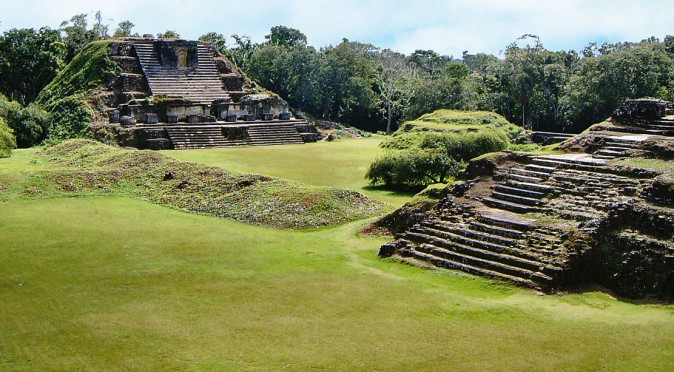
Altun Ha
Although barely excavated, the few structures that have been uncovered, and the treasures found within, demonstrate that Altun Ha was a major player in the Mayan territories.

Although barely excavated, the few structures that have been uncovered, and the treasures found within, demonstrate that Altun Ha was a major player in the Mayan territories.
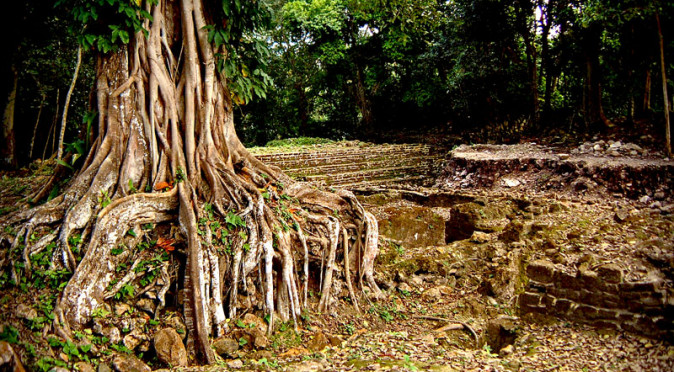
Lamanai has an incredibly long history, with the earliest signs of inhabitance dating to 1500BC and the site being abandoned after the Spanish left in the 18th Century…
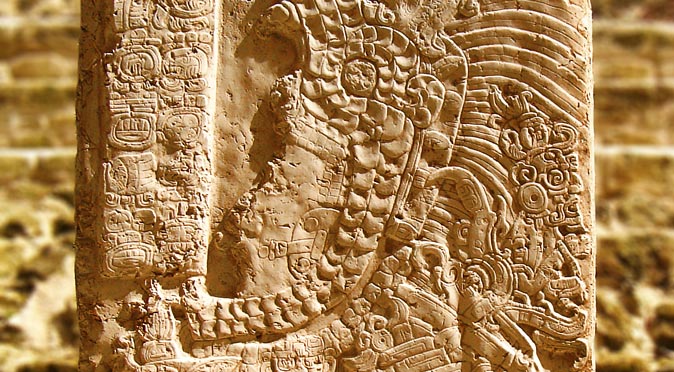
Stela 9 was found amongst the ruins of Structure N10-27 and is one of the few monuments found at Lamanai that can provide a glimpse into its lengthy history.
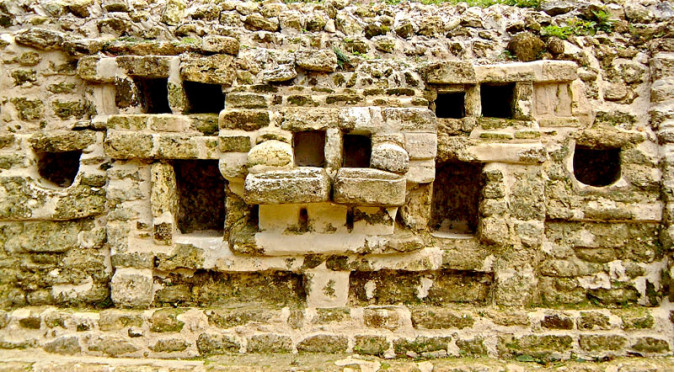
The Jaguar Temple features two huge jaguar masks on its base. The temple was in use for over 1000 years, demonstrating how the jaguar retained it importance for a very long time.
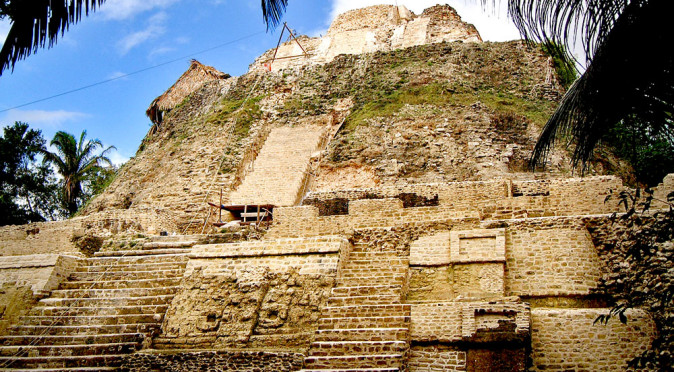
Although possibly not as old as the Mask Temple, the High Temple was built in c.100BC and was the tallest structure in Mesoamerica upon completion.
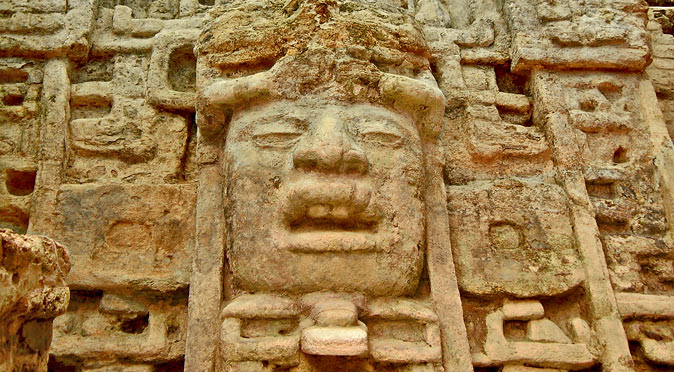
Structure N9-56 is known as the Mask Temple because it features two huge carved limestone masks – seemingly with Olmec characteristics…
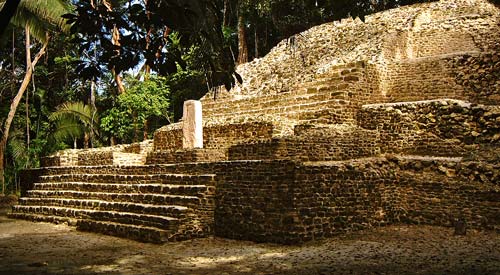
Lamanai was occupied for over 3000 years, and although it needs a great deal of work and investigation still, it is certainly a magnificent sight and a place well worth visiting.
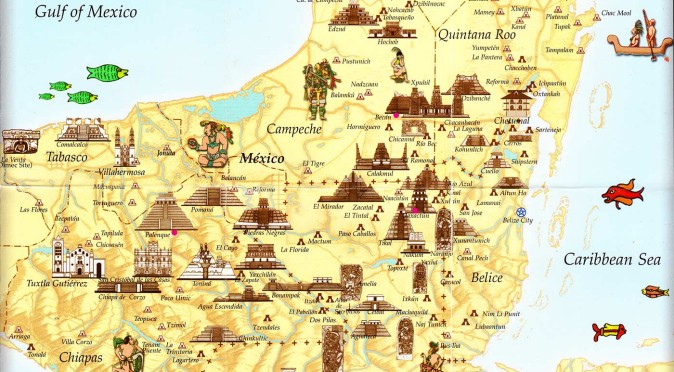
This beautiful map of Mayan cities shows all the major ancient cities and the extent of the Mayan Territories (the Mundo Maya).
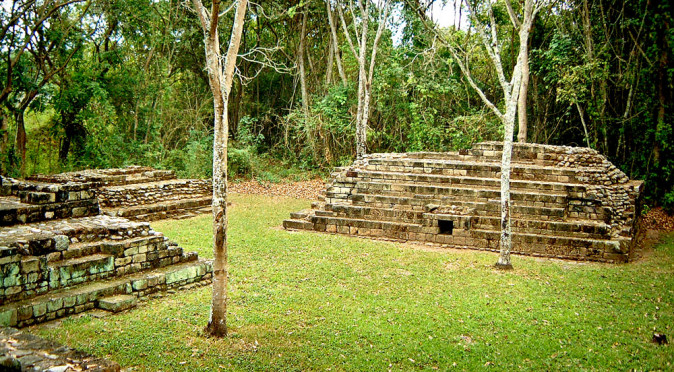
Set behind Las Sepulturas’ most prominent building, Structure 9N-82, is the diminutive looking Plaza G which may have been a sanctuary for medical and spiritual healing.
The House of the Ba’kab, also known as the House of Scribes, contains a finely carved bench and appears to be a Royal Temple…but it is far from the ceremonial centre of Copan…
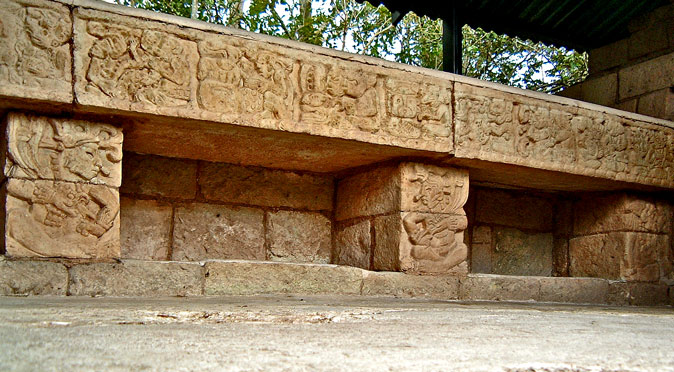
Las Sepulturas is a residential area just outside of the City of Copan. It may have been home to the Holy Lord’s family and is an excellent example of a Mayan Palace complex.
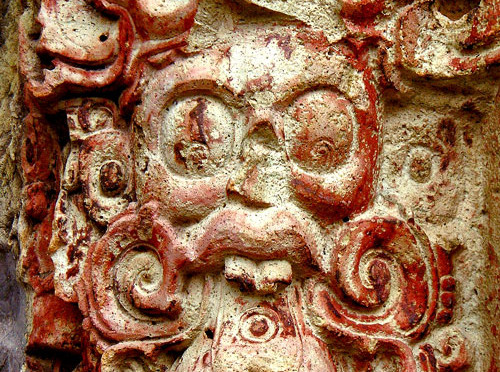
Copán is renowned for its incredible carved stone artwork, which represents the apogee of this monumental Mayan art – and it is worth visiting Copan for this alone!
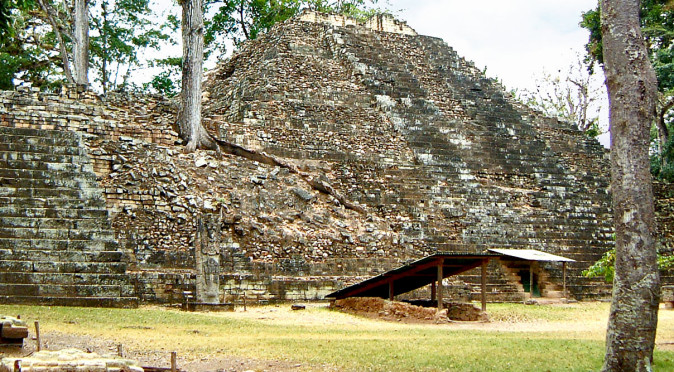
Copan is home to some of the most magnificent and intriguing examples of monumental art ever found in the Americas, leading some to question where the artists actually came from
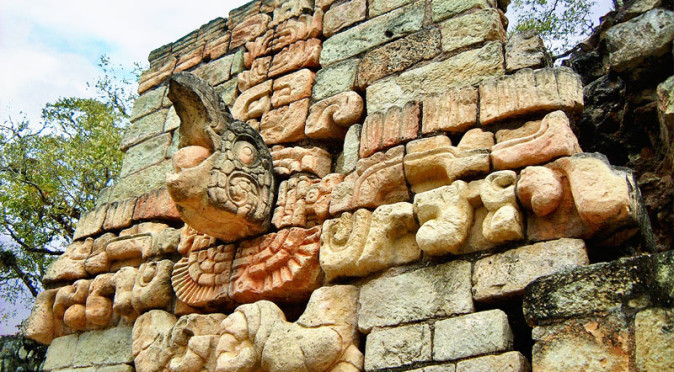
Although fundamentally Copan was a Mayan City that controlled trade on the southern frontier of Mesoamerica, the majority of its history is both mysterious and very intriguing…
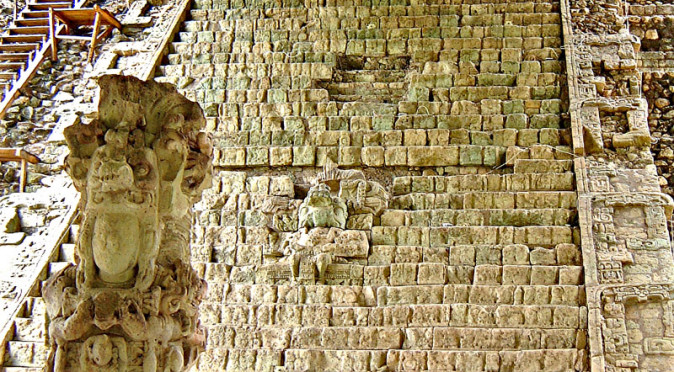
The Hieroglyphic Stairway includes over 2200 Maya glyphs. Unfortunately it was reconstructed in the wrong order, however decipherment has revealed a interesting new history…
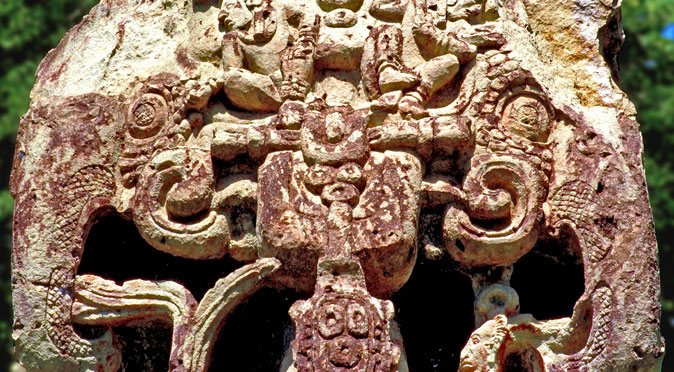
The Elephants of Copan are a hotly debated topic. Do they really prove there was contact with Asia at least 800 years before Columbus’ “discovery”…?
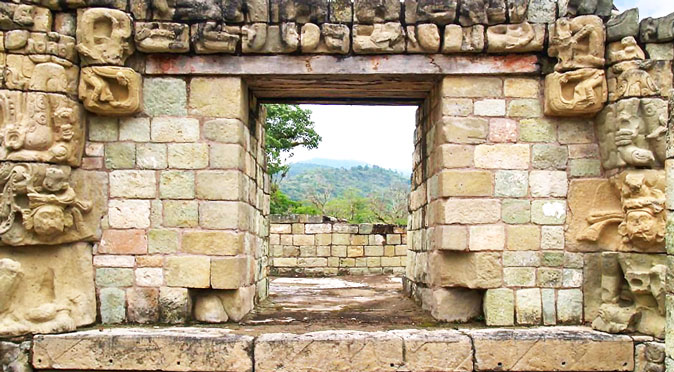
Temple 22 is in a badly ruined state following its collapse into its own vaults. However, the magnificent Sky-Arch surrounding the inner doorway still echoes its grandeur and gives us an inkling of the Temple’s purpose.
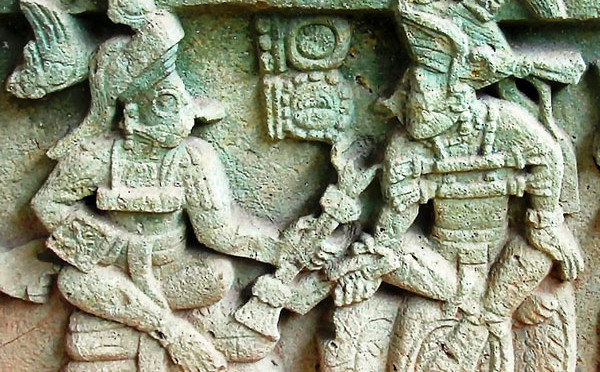
Altar Q unlocked the history of Copán when it was deciphered. The altar depicts 16 rulers of the Dynastic line and gives the date of accession…